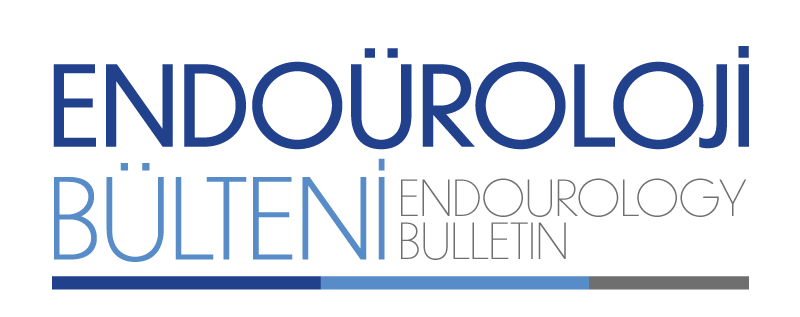A conflict of interest may exist when an author (or the author’s institution or employer) has financial or personal relationships or affiliations that could influence the author’s decisions or work on the manuscript. Authors are required to identify all relevant financial interests and relationships or financial conflicts (e.g., employment/affiliation, grants or funding, consultancies, stock ownership or options, royalties, or patents filed, received, or pending), particularly those present at the time the research was conducted and through publication, as well as other financial interests that represent potential future financial gain. The disclosure of funding should be indicated in the “Acknowledgments” section within the manuscript.
The Author Submission&Copyright Transfer Form should be completed by the corresponding author on behalf of each coauthor and should be submitted with the manuscript.
All submissions are screened by a similarity detection software (iThenticate) and the limitation without similarity is 20%.
The Editorial Board of Endourology Bulletin will immediately reject a submitting manuscript which has a high similarity index to other papers in the Similarity Check. When malpractices are found in the submitted article to Endourology Bulletin, Endourology Bulletin will follow the flowchart by the Committee on Publication Ethics (COPE) (http://publicationethics.org/resources/flowcharts) for settlement of any misconduct.
The Editorial Board of the journal handles all appeal and complaint cases within the scope of Committee on Publication Ethics (COPE) guidelines. In such cases, authors should get in direct contact with the editorial office regarding their appeals and complaints. When needed, an ombudsperson may be assigned to resolve cases that cannot be resolved internally. The Editor in Chief is the final authority in the decision-making process for all appeals and complaints. The Editorial Board of Endourology Bulletin is always willing to publish corrections, clarifications, retractions when needed.
Responsibilities of Author
When submitting a manuscript to Endourology Bulletin, authors accept to assign the copyright of their manuscript to the journal. If rejected for publication, the copyright of the manuscript will be assigned back to the authors.
Endourology Bulletin requires each submission to be accompanied by an Author Subission&Copyright Transfer Forms and ICMJE Disclosure of Interest Form signed by the corresponding author.
When using previously published content, including figures, tables, or any other material in both print and electronic formats, authors must obtain permission from the copyright holder. Legal, financial and criminal liabilities in this regard belong to the author(s).
Statements or opinions expressed in the manuscripts published in Endourology Bulletin reflect the views of the author(s) and not the opinions of the editors, the editorial board, or the publisher; the editors, the editorial board, and the publisher disclaim any responsibility or liability for such materials. The final responsibility in regard to the published content rests with the authors.
The corresponding author should identify those who accept direct responsibility for the manuscript. These individuals must fully meet the authorship criteria and fill out the authorship form. The corresponding author should clearly state the preferred citation and identify all individual authors.
The identity information and e-mail addresses of the authors are not used for other purposes in any way.
Submitted manuscripts should not have been published before or should not be under evaluation in another journal.
If the submitted articles have been presented in any congress, this should be reported in the acknowledgment field in the submitted article.
- For manuscripts concerning experimental research on humans, a statement should be included that shows that written informed consent of patients and volunteers was obtained following a detailed explanation of the procedures that they may undergo.
- For studies carried out on animals, the measures taken to prevent pain and suffering of the animals should be stated clearly.
- Information on patient consent, the name of the ethics committee, and the ethics committee approval number should also be stated in the Materials and Methods section of the manuscript.
- It is the authors’ responsibility to carefully protect the patients’ anonymity. For photographs that may reveal the identity of the patients, releases signed by the patient or their legal representative should be enclosed.

